If you’re growing pumpkins in your garden, you may have seen white spots appearing on the leaves and vines.
What’s up with that? It’s likely that your plants are infected with a fungal disease called powdery mildew.
This disease is very common and in many cases can be treated successfully. However, if it is allowed to spread, in severe cases the plants may drop their leaves and expose the fruit to sunscald.
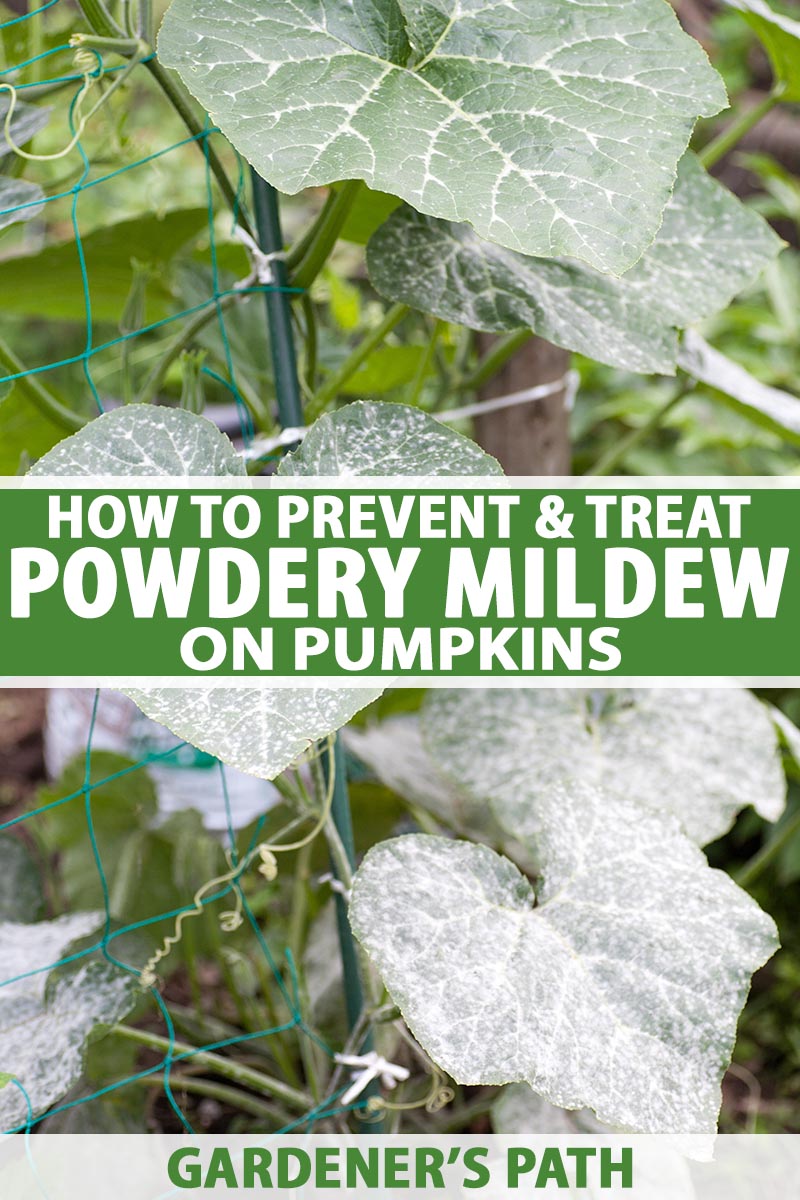
We link to vendors to help you find relevant products. If you buy from one of our links, we may earn a commission.
In addition, the developing fruit may be stunted and fail to ripen properly.
Flower buds can also be infected which will prevent them from opening and they’ll dry and fall off the plant.
As Dr. Dan Egel stated in a Purdue University Vegetable Crops Hotline article on Pumpkin Disease Management Steps, it is “nearly impossible to find a pumpkin vine in August without powdery mildew.”
However, with a little proper planning and diligent care, this does not have to be the case!
Read on to learn how to prevent and treat powdery mildew on your pumpkin plants.
Here’s what I will cover:
What You’ll Learn
What Is Powdery Mildew?
Powdery mildew is a very common plant disease caused by hundreds of different species of fungi.
While the infection doesn’t typically kill mature pumpkin plants, it can cause problems in the developing fruit, and can cause stunted growth in young plants.
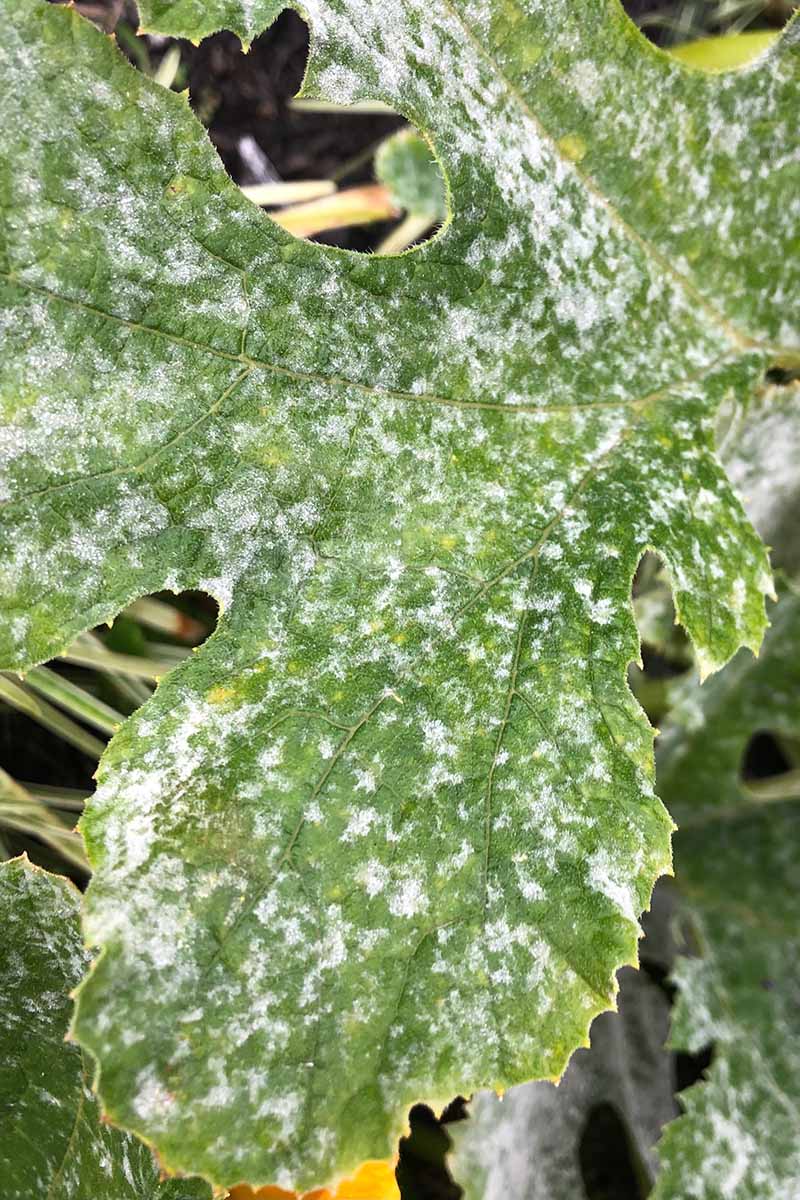
The name is derived from the typical symptoms that first appear as white spots on the leaves and develop into a grayish-white powdery substance covering the foliage.
This “mildew” consists of a combination of fungal spores and threads known as mycelia.
In pumpkins – and cucumbers, squash, melons, and ornamental gourds – this disease is primarily caused by Podosphaera xanthii (formerly known as Sphaerotheca fulginea).
In temperate regions, pumpkin plants typically start showing symptoms in the summer when the plants start to produce fruit.
However, severe infections can occur earlier in the season that can cause bud drop and stunted vine growth.
The symptoms start with the appearance of white spots on the bottom of the leaves, which can easily go unnoticed. The fungus can spread to cover the entire leaf, which eventually turns yellow, and then dark brown in severe cases.
When this happens, the leaves fall off, and the exposed pumpkins can be scalded by the sun, ripen poorly, and grow to be much smaller than expected.
Conditions That Favor Infection
Unlike most fungi that proliferate in moist, damp conditions, powdery mildew can infect plants in dry conditions, as long as there is enough humidity to enable the spores to spread.
Free water actually inhibits the germination of these spores.
This means that your pumpkin plants are at risk regardless of whether you live in a dry or a moist climate.
These fungi are most likely to infect your plants when it’s hot and dry during the day and cool and humid at night. Daytime temperatures of 68 to 81°F are ideal for infection, however if temperatures rise above 100°F, the fungus will no longer be active.
Dense foliage on the vines increases the plants’ susceptibility to this disease, as the lack of airflow can cause the infection to spread rapidly.
Additionally, plants that are crowded by weeds or growing in shady locations create ideal conditions for the spread of powdery mildew.
Lush plants that have been over-fertilized with nitrogen are also more susceptible to infection. The fungi infect new growth, causing it to be stunted.
Bush varieties that grow in a more compact form can also be infected if the dense plant canopy increases the amount of moisture in the center of the plant, resulting in the high humidity that favors the development of powdery mildew.
Inspect Your Plants Weekly
Since this is such a common and in some cases potentially serious disease, you should inspect your plants on a regular basis. This will help you to take steps to prevent an infection from spreading and damaging your crop.
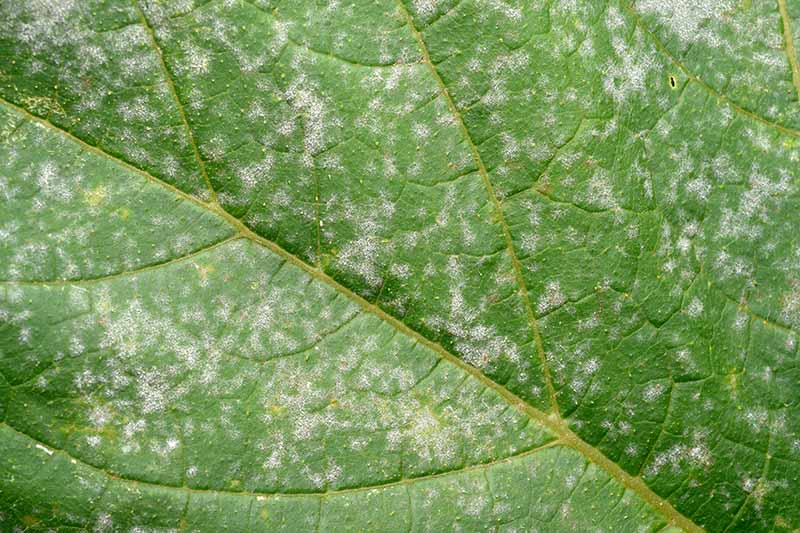
Check the bottom of the older leaves first, since that’s where these infections tend to start.
Michelle Grabowski, Extension Educator for the University of Minnesota, recommends checking at least five mature leaves per plant each week to make sure they are not infected.
Begin by checking the vines and lower surface of the leaves for pale yellow spots that quickly expand to white thin thread-like masses.
Don’t forget to check the crown of the plant and the vines, too.
Make Sure It’s Not Downy Mildew
One complication when diagnosing an outbreak of powdery mildew is that there is another pathogen that can attack pumpkins that also produces whitish spots: downy mildew.
While it acts like a fungus, the pathogen that causes downy mildew is an entirely different organism – a water mold or oomycete.
This means that totally different techniques for control are used for the two pathogens. Fungicides that work on downy mildew are ineffective on powdery mildew, and vice versa.
You can tell if your pumpkins are infected with downy mildew, because there will be yellowish spots on the upper surface of the leaves and purple to gray spots on the bottom of the leaves.
In contrast, powdery mildew results in white spots on the bottom of the leaves.
Another way to tell the two infections apart is that the downy mildew spots are angular. They stop growing at the veins, so they look like a patchwork. You can see this most clearly on the bottom of the leaves.
You can learn more about how to treat downy mildew in our guide to common pumpkin diseases. (coming soon!)
Treatment Options
If you find signs of a powdery mildew infection, you need to take action immediately to prevent it from spreading. A mild case of powdery mildew can become more severe if left untreated.
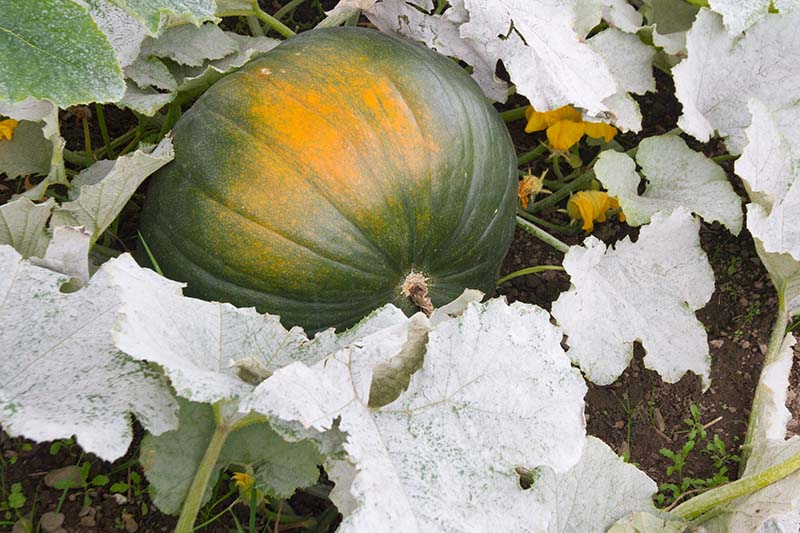
A severe infection can cause your fruit to have less flavor, store poorly, get scalded by the sun, and ripen incompletely. In the worst case, the infection can wipe out your entire crop.
And whatever treatment you choose, be sure to apply it to both the tops and the undersides of the leaves and all of the vines.
Remove the Fungus
Your first step should be to remove the most severely infected leaves and vines. Foliage that has started to yellow or turn brown, or leaves that are completely covered with the powdery coating can be trimmed, but those that are only partially coated can be treated as described below.

Also remove any debris around the plants, and even discard any mulch you may have applied. This is a good time to carefully remove any weeds or volunteer plants in the immediate vicinity.
Remember to sterilize your tools before and after use, so they won’t spread the infection to other cucurbits. You can use either 10 percent bleach or 70 percent rubbing alcohol.
And wash your hands with soap and water once you are done.
Organic and Home Remedies
There are home remedies, such as milk, that you can spray on your pumpkin plants. Mix equal amounts of milk and water and spray the tops and undersides of the leaves twice a week.
One option that is certified organic is the potassium dicarbonate spray Mil-Stop that is available from Arbico Organics.
Sulfur is another organic compound that can be highly effective against powdery mildew on pumpkins if used before the infection becomes too established.
You can find Bonide Sulfur Plant Fungicide also available from Arbico Organics.
This product is in powder form and can be applied as a dust or mixed with water and used as a spray.
Biofungicides are also frequently effective against this disease.
Read about these treatments and more in our guide to organic and home remedy treatments for powdery mildew.
Conventional Fungicides
The fungi that cause powdery mildew are extremely effective at developing resistance to fungicides, so chemicals that formerly controlled the disease can frequently become ineffective.
For this reason, experts strongly recommend alternating two fungicides with different modes of action (FRAC codes) as frequently as every 10 days to help prevent this from happening. Or even using two different fungicides simultaneously.
Trials on pumpkins and other cucurbits reported in the 2020 edition of the Midwest Vegetable Production Guide identified the following fungicides that provide effective control of powdery mildew:
- Myclobutanil (code 3)
- Metrafenone (code U8)
- Quinoxyfen (code 13)
- Triflumizole (code 3)
- Fluopyram (code 7) and tebuconazole (code 3)
- Difenoconazole (code 3) and cyprodinil (code 9)
- Difenoconazole (code 3) and benzovindiflupyr (code 7)
If you choose to go this treatment route, apply fungicides at the first sign of infection, and always follow the directions on the label.
Keep in mind that some chemical fungicides can affect pollinators, so if possible, time your applications for when there are fewer pollinators active in your garden.
Learn more about the safe use of chemicals in your garden in this guide.
Prevention
There are steps you can take to limit the susceptibility of your plants to the ravages of powdery mildew.
These include good gardening practices such as providing adequate spacing between plants, trimming your pumpkin vines to allow for airflow, irrigating at the base of plants instead of on the foliage, and planting resistant varieties.
Cultural Controls
When you are planning your pumpkin patch, there are a number of good practices to keep in mind, all of which are covered in our guide to growing pumpkins.
To recap: make sure you plant them in full sun, and space the plants far enough apart that they won’t overgrow each other. Ideally, the hills should be six to eight feet apart to allow the vines to spread.
If you lack space in your garden, you could consider training the vines up a trellis to grow them vertically.
Keep the area around your plants free from weeds and garden debris.
Plants that are stressed from inadequate or improper care such as under- or overwatering will be more susceptible to infection.
Do Not Overfertilize
The last thing you want is a lot of lush, leafy green growth on your pumpkin vines that will make them more susceptible to powdery mildew.
Test your soil before planting to get a good idea of the nutrient balance before you apply any fertilizer or other amendments.
Be especially careful not to fertilize with too much nitrogen, particularly after the plant has started to flower.
Learn more about how and when to fertilize pumpkins in this guide.
Plant Resistant Varieties
There are varieties available that have been shown to exhibit resistance to powdery mildew including:
- ‘Aladdin’
- ‘Apollo’
- ‘Bumpkin’
- ‘Challenger PMR’
- ‘Camaro PMR’
- ‘Corvette PMR’
- ‘Gladiator’
- ‘Gold Dust’
- ‘Hobbit’
- ‘Magic Lantern’
- ‘Magician’
- ‘Mustang PMR’
- ‘New Racer Plus’
- ‘Pure Gold’
- ‘Rival’
- ‘Scare Crow’
- ‘Sorcerer’
- ‘Touch of Arkansas’
- ‘Trophy’
Keep in mind that when you see the word resistant, this does not mean that the plants are immune to the disease.
If the conditions are right, even resistant plants can become infected with powdery mildew.
The advantage of growing resistant varieties is that plants are less likely to become infected early in the season and you can usually avoid a serious infection.
Mature plants, infected later in the season are easier to treat successfully.
A Note on Crop Rotation
Good gardening practice recommends rotating away from pumpkins and other cucurbits for two years to help prevent the spread of pests and disease.
In the case of powdery mildew, this is not always effective.
In some locations, the fungi may remain dormant in the soil, ready to spring into action with the arrival of the right conditions.
However, some experts note that infections do not normally start from the remains of the fungi overwintering in your garden and that windblown spores are usually the primary source of infection.
Gardeners in more temperate climates are less likely to have to worry about the fungi overwintering in their garden.
Keep the Ravages of Powdery Mildew at Bay
While pumpkin plants frequently contract powdery mildew, if you are diligent you can help them continue to produce healthy fruits.
Planting resistant varieties, spacing them properly at planting time, and trimming your vines will help to prevent the disease from taking hold.
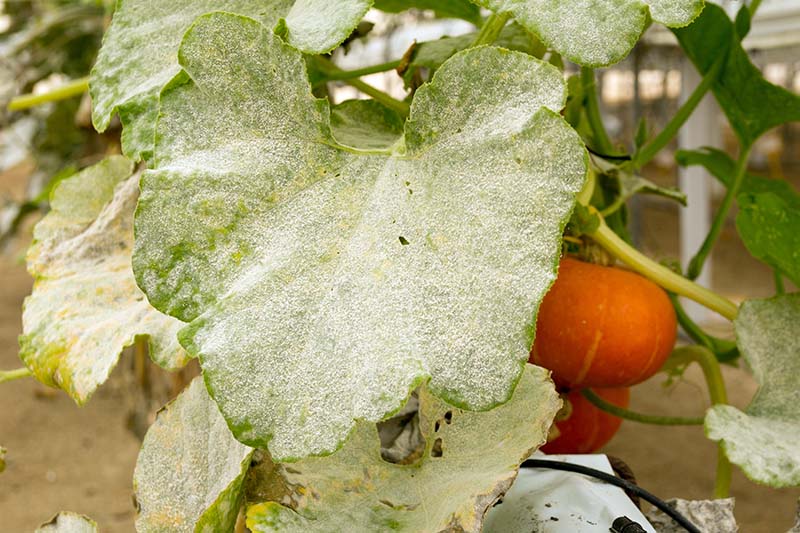
Checking your plants frequently will help you start treatment early if they do become infected.
Fortunately, there are a variety of organic and conventional chemical treatments for powdery mildew on pumpkins.
Have you battled powdery mildew on your pumpkins plants? Let us know how you fared in the comments section below!
And for more information about growing pumpkins in your garden, check out these guides next:
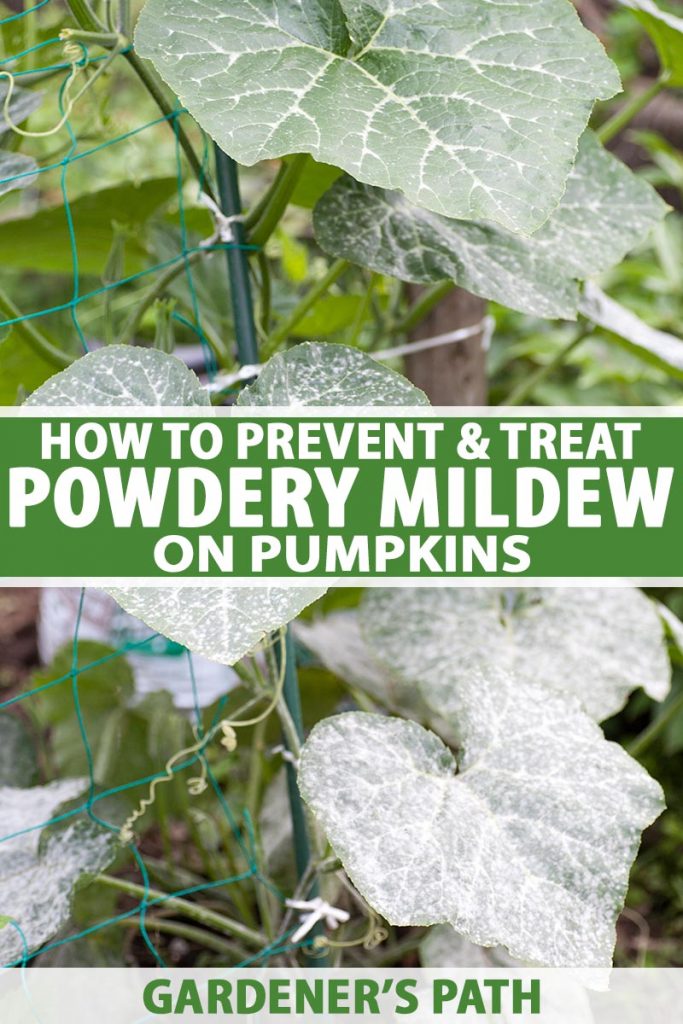
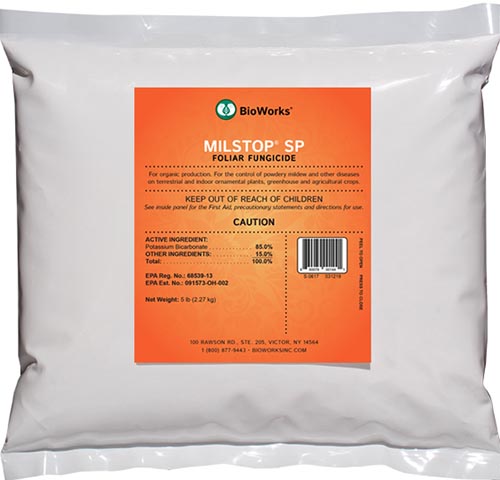
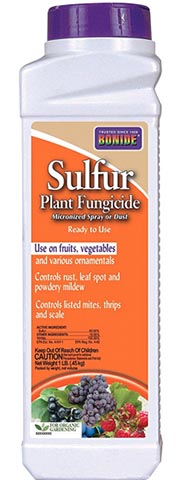


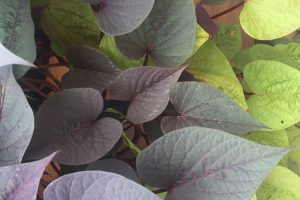
This will help me learn to take care of pumpkins.
Yes our pumpkin has spread over 1/5 of our garden and is growing 5 pumpkins. These tips will definitely help.
Glad to hear it! Enjoy your pumpkins!
Thanks for reading, Stephanie!